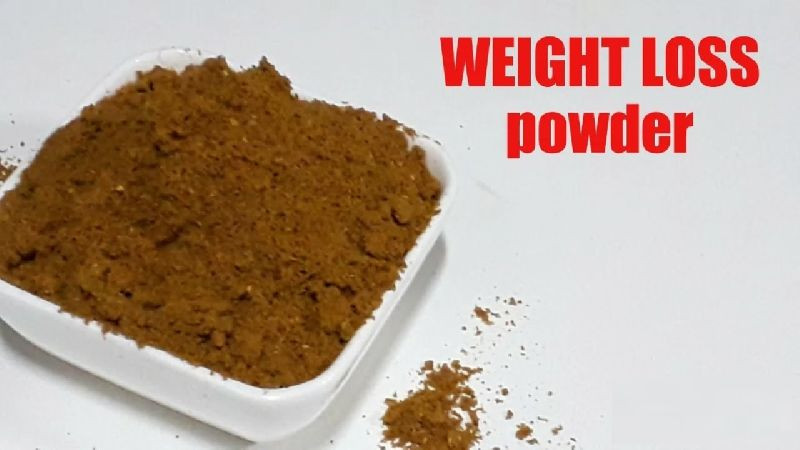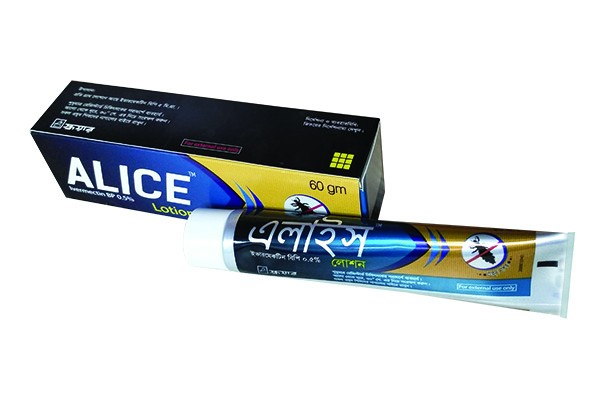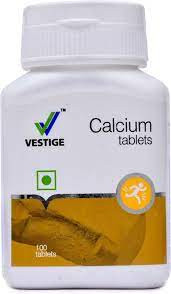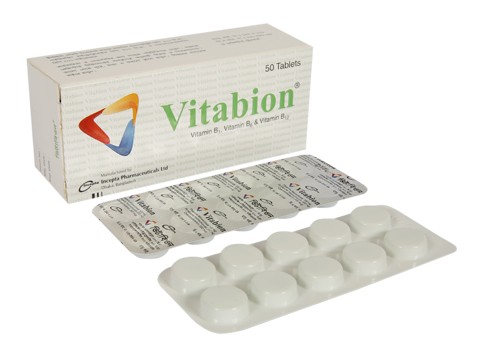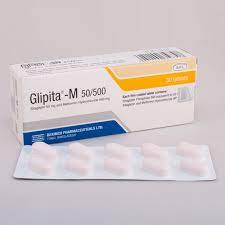

Glipita M Tablet 50 mg+500 mg (10Pcs)
Inhouse product
-
৳1,030.00
৳1,550.00 -
৳10.00
৳12.00 -
৳280.00
৳500.00 -
৳127.00
৳132.00 -
৳900.00
৳1,300.00 -
৳112.00
৳120.00
Reviews & Ratings
Indications
Glipita® M is indicated as an adjunct to diet and exercise in patients with type 2 diabetes mellitus to improve glycemic control when the single agent alone does not provide adequate glycemic control or when appropriate.
Pharmacology
The tablet combines two antihyperglycemic drugs with complementary mechanisms of action to improve blood sugar control in patients with type 2 diabetes. Sitagliptin, a dipeptidyl peptidase 4 (DPP4) inhibitor, and metformin HCl, a member of the biguanide class . Sitagliptin is a dipeptidyl peptidase 4 (DPP4) inhibitor, which is believed to work by slowing the inactivation of incretin hormones in patients with type 2 diabetes. Incretin hormones, including glucagon-like peptide 1 (GLP1) and polypeptide Glucose-dependent insulinotropic (GIP), are released from the intestines throughout the day and their levels increase with meals. These hormones are rapidly inactivated by the DPP4 enzyme. Incretin is a part of the endogenous system involved in the physiological regulation of glucose homeostasis. When blood glucose levels are normal or elevated, GLP1 and GIP increase insulin synthesis and pancreatic β-cell release through intracellular signaling pathways involving cyclic AMP. GLP1 also reduces the secretion of glucagon from pancreatic alpha cells, resulting in a decrease in liver glucose production. By increasing and prolonging active incretin levels, sitagliptin increases insulin release and reduces circulating glucagon levels in a glucose-dependent manner. The pharmacological mechanism of metformin hydrochloride is different from other types of oral hypoglycemic drugs. Metformin hydrochloride reduces glucose production in the liver, reduces intestinal glucose absorption, and increases peripheral glucose uptake and utilization.
Dosage & Administration
The dosage of Glipita® M should be individualized on the basis of the patient's current regimen, effectiveness, and tolerability while not exceeding the maximum recommended daily dose of 100 mg sitagliptin and 2000 mg metformin. Initial combination therapy or maintenance of combination therapy should be individualized and left to the discretion of the health care provider.
Glipita® M should generally be given twice daily with meals, with gradual dose escalation, to reduce the gastrointestinal (GI) side effects due to metformin. The starting dose of Glipita® M should be based on the patient's current regimen.
The recommended starting dose in patients NOT currently treated with metformin is 50 mg sitagliptin/500 mg metformin hydrochloride twice daily, with gradual dose escalation recommended to reduce gastrointestinal side effects associated with metformin.
The starting dose in patients already treated with metformin should provide sitagliptin dosed as 50 mg twice daily (100 mg total daily dose) and the dose of metformin already being taken. For patients taking metformin 850 mg twice daily, the recommended starting dose of Glipita® M is 50 mg sitagliptin/1000 mg metformin hydrochloride twice daily.
Co-administration of Glipita® M with an insulin secretagogue (e.g., sulfonylurea) or insulin may require lower doses of the insulin secretagogue or insulin to reduce the risk of hypoglycemia. No studies have been performed specifically examining the safety and efficacy of Glipita® M in patients previously treated with other oral antihyperglycemic agents and switched to Glipita® M. Any change in therapy of type 2 diabetes should be undertaken with care and appropriate monitoring as changes in glycemic control can occur.
Use in Elderly Because sitagliptin and metformin are substantially excreted by the kidney, and because aging can be associated with reduced renal function, Sitagliptin/Metformin HCl combination should be used with caution as age increases. Care should be taken in dose selection and should be based on careful and regular monitoring of renal function.
Interaction
Cationic drugs (e.g., amiloride, digoxin, morphine, procainamide, quinidine, quinine, ranitidine, triamterene, trimethoprim, or vancomycin) that are eliminated by renal tubular secretion theoretically have the potential for interaction with metformin by competing for common renal tubular transport systems. Such interaction between metformin and oral cimetidine has been observed in normal healthy volunteers in both single- and multiple dose metformin-cimetidine drug interaction studies, with a 60% increase in peak metformin plasma and whole blood concentrations and a 40% increase in plasma and whole blood metformin AUC.There was no change in elimination half-life in the single-dose study. There was a slight increase in the area under the curve (AUC, 11%) and mean peak drug concentration (Cmax,18%) of digoxin with the co-administration of 100 mg sitagliptin for 10 days. These increases are not considered likely to be clinically meaningful. Digoxin, as a cationic drug, has the potential to compete with metformin for common renal tubular transport systems, thus affecting the serum concentrations of either digoxin, metformin or both. Patients receiving digoxin should be monitored appropriately. No dosage adjustment of digoxin or Glipita® M is recommended. Certain drugs tend to produce hyperglycemia and may lead to loss of glycemic control. These drugs include the thiazides and other diuretics, corticosteroids, phenothiazines, thyroid products, estrogens, oral contraceptives, phenytoin, nicotinic acid, sympathomimetics, calcium channel blocking drugs, and isoniazid. When such drugs are administered to a patient receiving Sitagliptin/Metformin HCl combination the patient should be closely observed to maintain adequate glycemic control.
Contraindications
This tablet is contraindicated in patients with:
- Renal disease or renal dysfunction, e.g., as suggested by serum creatinine levels ≥1.5 mg/dL [males], ≥1.4 mg/dL [females] or abnormal creatinine clearance which may also result from conditions such as cardiovascular collapse (shock), acute myocardial infarction, and septicemia
- Acute or chronic metabolic acidosis, including diabetic ketoacidosis, with or without coma.
- History of a serious hypersensitivity reaction to this tablet or sitagliptin, such as anaphylaxis or angioedema.
This tablet should be temporarily discontinued in patients undergoing radiologic studies involving intravascular administration of iodinated contrast materials, because use of such products may result in acute alteration of renal function.
Side-Effects
The most common adverse reactions reported in > 5% of patients simultaneously started on sitagliptin and metformin and more commonly than in patients treated with placebo were diarrhea, upper respiratory tract infection, and headache. Nasopharyngitis was the only adverse reaction reported in > 5% of patients treated with sitagliptin monotherapy. Hypoglycemia was also reported more commonly in patients treated with the combination of Sitagliptin and sulfonylurea, with or without Metformin, than in patients given the combination of placebo and sulfonylurea, with or without Metformin. The most common established adverse reactions due to initiation of metformin therapy are diarrhea, nausea/vomiting, flatulence, abdominal discomfort, indigestion, asthenia, and headache.
Pregnancy & Lactation
Pregnancy Category B. There are no adequate and well-controlled
studies in pregnant women with Sitagliptin Phosphate Monohydrate
INN/Metformin Hydrochloride BP or its individual components; therefore,
the safety of Sitagliptin Phosphate Monohydrate INN/Metformin
Hydrochloride BP in pregnant women is not known. This tablet should be
used during pregnancy only if clearly needed.
It is not known
whether sitagliptin is excreted in human milk. Because many drugs are
excreted in human milk, caution should be exercised when this tablet is
administered to a nursing woman.
Precautions & Warnings
Lactic Acidosis-
- Lactic acidosis can occur due to metformin accumulation. The risk increases with conditions such as sepsis, dehydration, excess alcohol intake, hepatic insufciency, renal impairment, and acute congestive heart failure.
- Symptoms include malaise, myalgias, respiratory distress, increasing somnolence, and nonspecifc abdominal distress. Laboratory abnormalities include low pH, increased anion gap and elevated blood lactate.
- If acidosis is suspected, discontinue this tablet and hospitalize the patient immediately.
- Regular monitoring of thyroid-stimulating hormone (TSH) levels is recommended in patients with hypothyroidism.
- Long-term treatment with metformin has been associated with a decrease in vitamin B12 serum levels which may cause peripheral neuropathy. Monitoring of the vitamin B12 level is recommended.
Others-
- Do not use this tablet in patients with hepatic disease.
- There have been postmarketing reports of acute renal failure, sometimes requiring dialysis. Before initiating this tablet and at least annually thereafter, assess renal function and verify as normal.
- There have been postmarketing reports of acute pancreatitis, including fatal and non-fatal hemorrhagic or necrotizing pancreatitis. If pancreatitis is suspected, promptly discontinue this tablet.
- Measure hematologic parameters annually.
- Warn patients against excessive alcohol intake.
- May need to discontinue this tablet and temporarily use insulin during periods of stress and decreased intake of fluids and food as may occur with fever, trauma, infection or surgery.
- Promptly evaluate patients previously controlled on this tablet who develop laboratory abnormalities or clinical illness for evidence of ketoacidosis or lactic acidosis.
- When used with an insulin secretagogue (e.g., sulfonylurea) or with insulin, a lower dose of the insulin secretagogue or insulin may be required to reduce the risk of hypoglycemia.
- There have been postmarketing reports of serious allergic and hypersensitivity reactions in patients treated with sitagliptin (one of the components of this tablet ), such as anaphylaxis, angioedema, and exfoliative skin conditions including Stevens-Johnson syndrome. In such cases, promptly stop this tablet, assess for other potential causes, and institute appropriate monitoring and treatment, and initiate alternative treatment for diabetes.
- There have been no clinical studies establishing conclusive evidence of macrovascular risk reduction with Sitagliptin Phosphate Monohydrate INN/Metformin Hydrochloride BP or any other anti-diabetic drug.
Therapeutic Class
Compound oral hypoglycemic preparation
Storage Conditions
The compound oral hypoglycemic agent should be stored in a dry and dark place below 25℃. Store the medicine in a safe place out of the reach of children. Do not use after the expiration date. It can only be dispensed under the prescription of a registered doctor.
Pharmaceutical Name
Generic
Frequently Bought Products
-
৳1,030.00
৳1,550.00 -
৳10.00
৳12.00 -
৳280.00
৳500.00 -
৳127.00
৳132.00 -
৳900.00
৳1,300.00 -
৳112.00
৳120.00
Online Shopping Bangladesh : MShopBD-Majumder Shop
MShopBD-Majumder Shop Online Shopping in Bangladesh is the Best Shopping store within 10000+ products cash on delivery in dhaka, Khulna, ctg & all over Bangladesh with COD-cash on delivery (Only Shipping Cost Advance ) under by www.esdp.gov.bd (bangladesh.gov.bd ) Home Delivery all Over Bangladesh different location and shop as like as Multivendor Online Sites in BD.
Thank you for choosing MShopBD - Majumder Shop!
